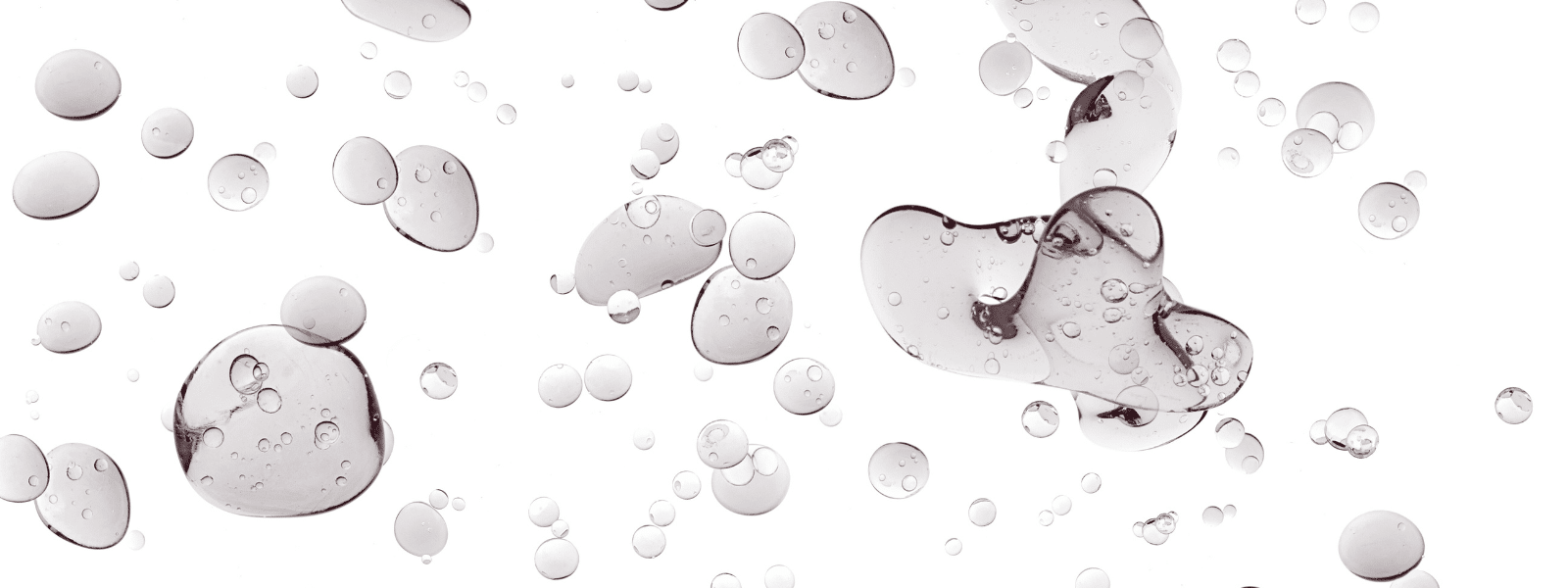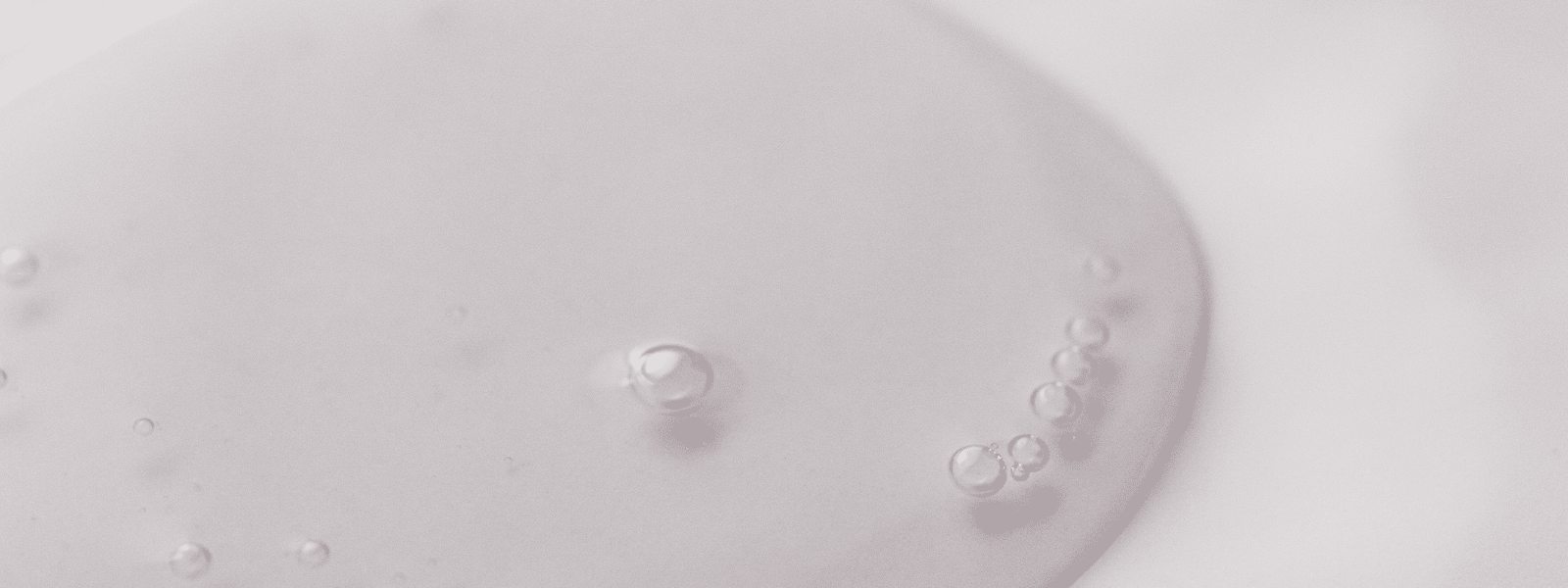Any substance capable of dissolving and dispersing another substance is considered to be a solvent. Cleaners or degreasers containing carbon as part of their molecular structure are referred to as organic solvents. These substances can be found in countless products including varnishes, adhesives, paints, cleaning agents, and glues. They are also used in the production of items such as dyes, textiles, and plastics. Numerous organic solvents are labeled as carcinogens, reproductive hazards, or neurotoxins because of the harmful materials included as part of their chemical makeup. A number of chemical compounds may be used to create organic solvents such as: 
- Amines
- Esters
- Ethers
- Ketones
- Hydrocarbons
Any gas, liquid, or solid chemical compound containing carbon is considered to be organic. Classifications vary based on a number of factors; however, the easiest to recognize distinction is between natural and synthetic compounds. A natural organic solvent is derived from plants or animals and is extracted from a natural source because it is cheaper than attempting to develop it artificially. Synthetic compounds are created through the reaction of other substances, which can come from nature or be artificial. Organic solvents consisting of no artificial compounds deliver the safest option for cleaning, degreasing, or other processes.
Choosing an Eco-Friendly Solution
Various alternatives to powerful, carcinogenic substances have been created to provide eco-friendly, effective solvents. One of the largest misconceptions in the area of cleaning agents is that potent chemicals are required to do the trick. While in some cases this is true, countless industrial processes may be performed with a natural organic solvent. Cleaning agents applied for degreasing, general dirt removal, or surface preparation are frequently petroleum-based meaning they release Volatile Organic Compounds (VOCs) and emit Hazardous Air Pollutants (HAPs) at normal temperatures. This means these items are released as the product is being used well as during storage. Traditional organic solvents entering soil or water sources continue to remain present for an extended amount of time thus causing pollution. Individuals exposed to these agents continuously or in large doses are also likely to suffer from severe health problems.
An environmentally friendly organic solvent releases minimum to no VOC’s or HAP’s into the surrounding atmosphere. Eco-friendly cleaners provide the same results but do not contain hazardous materials, offer a high flash point, have minimal to no odor, and are not aqueous based. These alternatives provide the safest option when water-based solutions will simply not work for industrial processes. It is also important to note the difference between a natural organic solvent and environmentally preferred products. Natural cleaning agents consist of all plant or animal derived ingredients whereas an environmentally preferred solvent simply meets all standards lined out by the Environmental Protection Agency. In some instances an “all natural” organic solvent may not have enough strength to provide the required cleaning results; however, several more powerful choices are available through manufacturers to ensure industrial needs can be fulfilled without posing significant harm to the environment.
Organic solvents are necessary in a number of industries and play a pivotal safety role in the workplace. For more information about environmentally friendly, low VOC products, please call (800) 886-8240 or email info@ecolink.com.














